Milium Cyst is a cyst of the superficial, epidermal layer of the skin, filled with horny scales, keratin and sebum. Unlike closed comedones, milium is not associated with the hair follicle and sebaceous gland obstruction.
Milium Cyst is more typical for females, it is first observed in newborns as a physiological process, and after 2-3 months it disappears on its own. The second period characteristic of milia is puberty and adolescence. Further, milia can be found at any age with the same probability.
The appearance of Milium Cyst is associated with accelerated division of living cells at the base of the epidermis of the skin and difficult exfoliation from the surface of non-living cells that have lost their function. As a result, a large layer of keratinocytes forms on the skin surface, which, mixing with sebum and keratin, are covered with a connective tissue capsule with the formation of Milium Cyst.
Predisposing factors
There is no specific reason for the appearance of Milium Cyst. This is a multifactorial disease, in the development of which many different pathological conditions and changes, both inside and outside the body, take part.
Today it is believed that the main contribution to the formation of Milium Cyst is made by a genetic predisposition. This is what is seen as a trigger. However, the situation is aggravated by other provoking factors:
- Excessed ultraviolet radiation;
- Hormonal disorders in the body;
- Metabolic changes (metabolic disorders);
- Improper nutrition;
- Bad habits;
- Disruption of the digestive tract;
- Injuries, injuries, inflammation of the skin – as the cause of secondary Milia (Balser psvdomilia).
The listed factors can also act as an independent cause in the pathogenesis of Milium Cyst (without the participation of heredity), triggering a chain of pathological processes in skin regeneration.
Diagnostics
Diagnosis of Milium Cyst is based on the history and clinical examination. A carefully collected anamnesis allows you to find out the time of the onset of the skin disease, the conditions, the course. Clinical examination reveals the typical elements characteristic of the Milium Cyst. If such a need arises, especially in the presence of suspicious and ambiguously interpreted elements or in case of unexpressed manifestations, a dermatoscopy is performed.
Symptoms
Milium Cyst is a rash of many similar elements, located mainly on the face (forehead, periorbital region, nose, chin, cheeks). The skin around the elements is not changed, since the addition of inflammatory reactions is not characteristic of the Milium Cyst.
When examining one element of the Milium Cyst, a tubercle rising above the skin is determined, most often symmetrical (oval or round). The surface is smooth, represented by a thin layer of several rows of epidermal cells. There is no skin pattern, it is smoothed.
The boundaries of the element are clear. The color is white or white-yellow, since the inner contents are visible through a thin surface.
Milium Cyst does not affect hair growth.
The dimensions of one element are usually 1-2 mm. The total lesion area can reach 10 cm.
On palpation, the milium is represented by a dense intradermal formation. There are no subjective sensations.
Dermatoscopic description
Dermatoscopy of Milium Cyst visualizes:
- Whitish formation surrounded by a normal skin pattern;
- A clear border between the central whitish zone and the skin;
- Symptom of compression (flattening), as the Milium Cyst protrudes above the skin.
Differential diagnosis
Differential diagnosis is carried out with such neoplasms and skin diseases as:
- Sebaceous gland nevus;
- Comedones;
- Non-inflammatory acne (with multiple comedones);
- Molluscum contagiosum;
- Papillomas.
Risks
Milium Cyst does not pose a major threat to a person’s physical health. At the same time, the presence of this pathology may indicate the presence of some kind of rearrangements in the body: from physiological (such as puberty) to pathological (metabolic disorders, decreased immunity). Being a kind of mirror, a reflection of the internal state of the body, the appearance of milium cannot be ignored, it is necessary to conduct a deep search for the causes and provoking factors. This will contribute not only to the effective treatment of milium, but also to the timely search for other, possibly more serious diseases.
On the other hand, milium can cause significant cosmetic defects and psychological damage to the patient. To avoid serious consequences from these problems, the treatment of milium should be multi-component with the involvement, if necessary, of different specialists (dermatologists, cosmetologists, nutritionists, endocrinologists, psychologists).
In the absence of timely treatment or improper treatment, against the background of milium, a more serious skin pathology may appear: the addition of pathogenic microflora or acne with the risk of generalization of the infection with corresponding complications.
Tactics
When the first signs of Milium Cyst appear, as well as with the progression of already existing forms, the ineffectiveness of the previously prescribed treatment, a visit to a dermatologist is indicated.
The initial visit to a specialist is the most important, since it is necessary to carry out the entire range of diagnostic measures, followed by the appointment of individual treatment.
An immediate visit to a specialist is indicated if there has been a mechanical damage to the skin in the milium area, as well as if any changes in appearance are noticed or previously absent sensations have appeared.
Milium Cyst is a chronic pathology that lasts for a long time, for many years, with periods of exacerbation and improvement. The course of the disease may depend on various factors occurring in a person’s life, therefore, close contact with a specialist should be maintained, with the help of whom a timely and adequate response to the ongoing changes in the skin will be carried out.
It is also important to realize the need for preventive consultations on Milium Cyst management, especially before the upcoming changes in life: choosing a diet, changing the usual cosmetics, planning travel to zones with a different climate, changing a place of work with a different microclimate, as well as when starting another treatment affecting the human endocrine system.
Treatment
Milium Cyst is located on the face, so any self-treatment, especially mechanical removal, can result in unpleasant or even irreversible consequences both in cosmetic terms and on health in general. That is why you need to trust the treatment of Milium Cyst to qualified specialists in the field of cosmetology and dermatology.
Due to the low effectiveness of conservative methods of treating Milium Cyst (cosmetic products, peels, scrubs), it is possible to get rid of this pathology only by removing all elements of the rash.
With a small number of Milium Cyst elements, the latter can be removed mechanically using special instruments under sterile conditions. The resulting wounds heal without a trace after such treatment.
Multiple milia are removed using a laser, radio wave or electrocoagulation. In this case, the process of treatment for several sessions, since it is not recommended to remove more than 10-15 milium elements in one procedure.
After the treatment of milium, it is important to use conservative therapy aimed at eliminating the causative factors and preventing the appearance of new horny cysts.
It is important to understand that there is no miracle remedy that can, in a short time, quickly, without consequences, and absolutely help every person in the fight against Milium Cyst. That is why you need to be critical of the advertising of such drugs and self-medication by them.
Prevention
Prevention of the appearance of ilium Cyst consists in a gentle and careful attitude to the skin, timely treatment of infectious diseases, strengthening immunity, proper and high-quality personal hygiene, in maintaining a healthy lifestyle, especially in terms of nutrition.
To eliminate negative consequences and complications, it is necessary:
- Limiting ultraviolet exposure (tanning bed, sun tanning);
- Use of protective creams during periods of active sun;
- Exclusion of chronic skin trauma;
- Limitation or elimination of ionizing radiation, occupational hazards;
- Compliance with safety measures when working with factors damaging the skin;
- Personal hygiene and basic skin health awareness.
A regular examination of the skin, timely consultation with a dermatologist are also necessary if any changes appear on it.
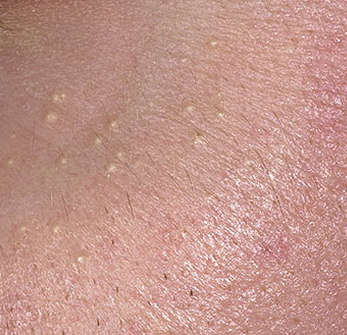
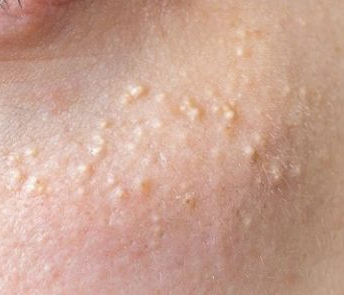
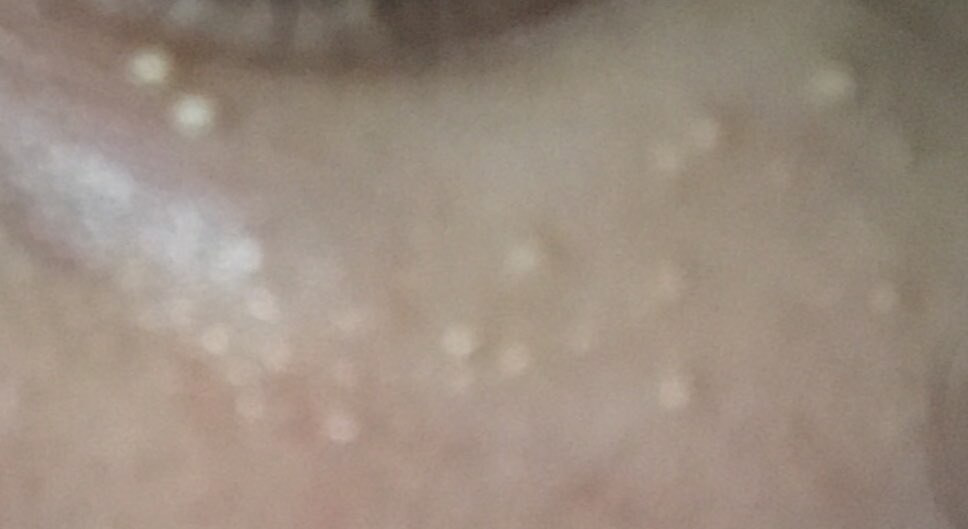
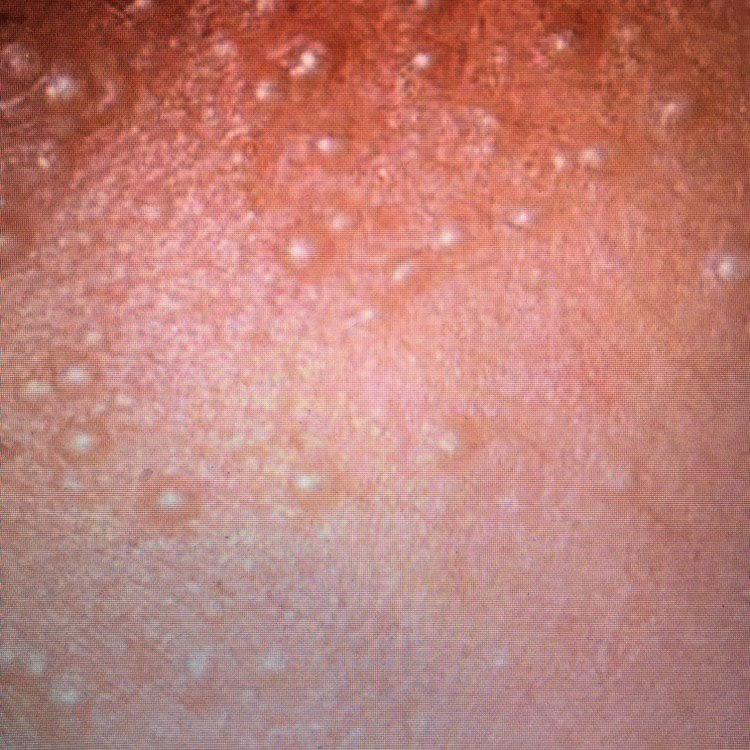
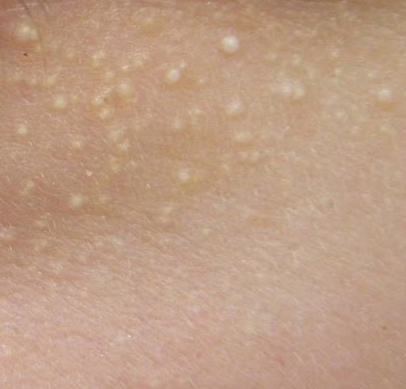
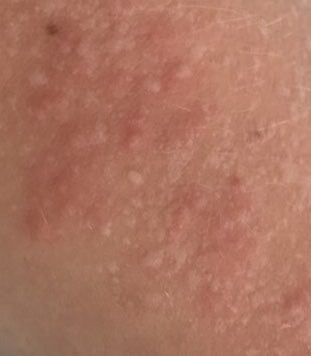
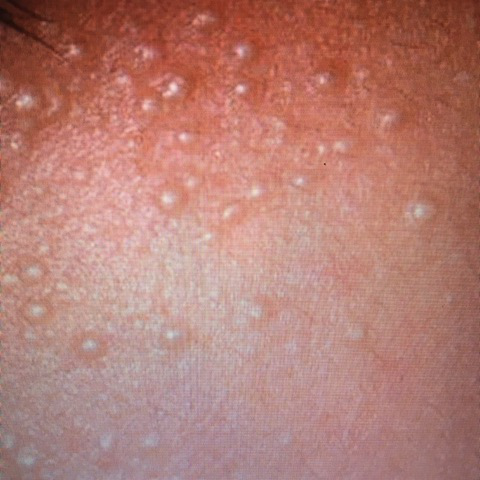
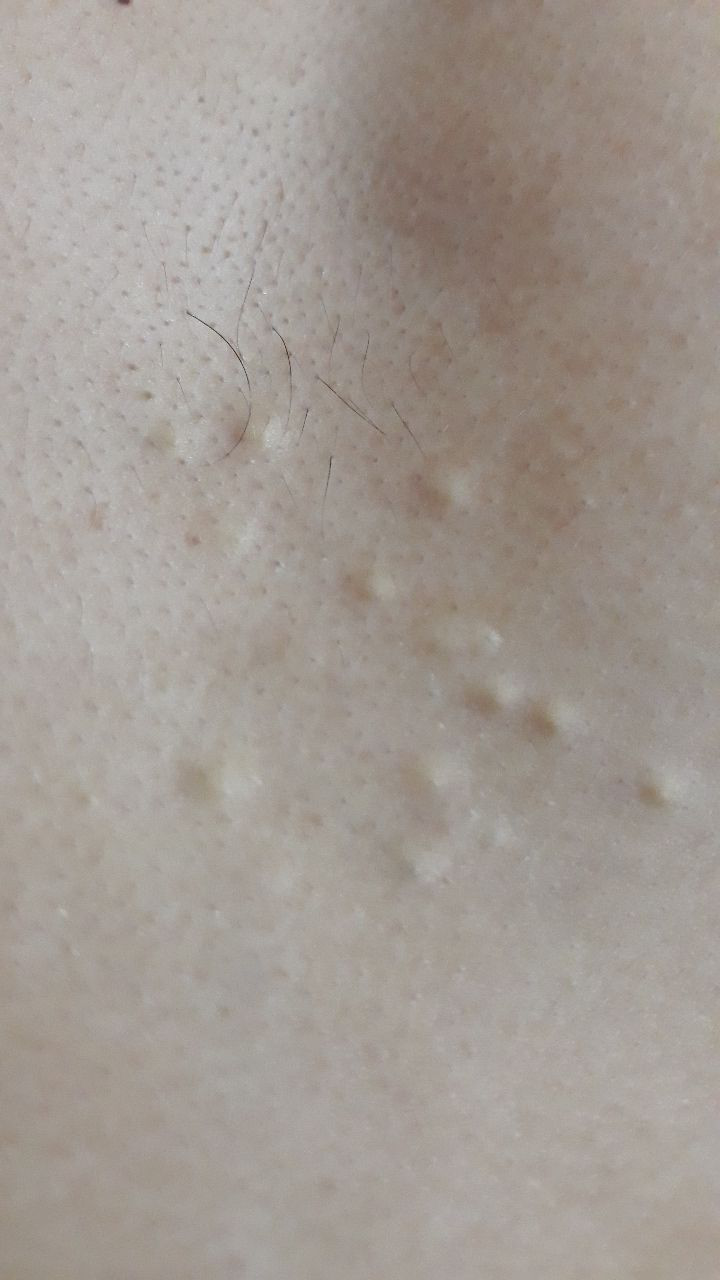
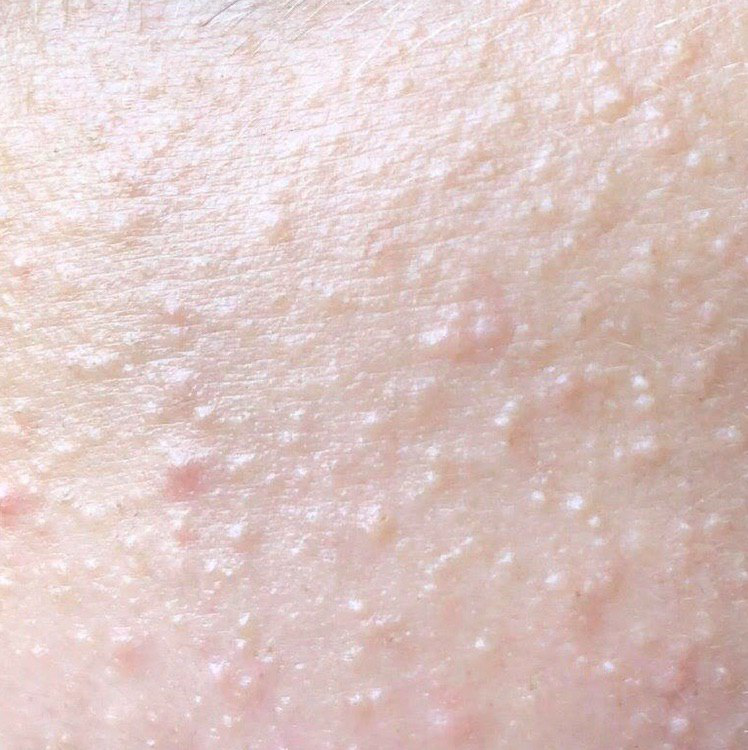
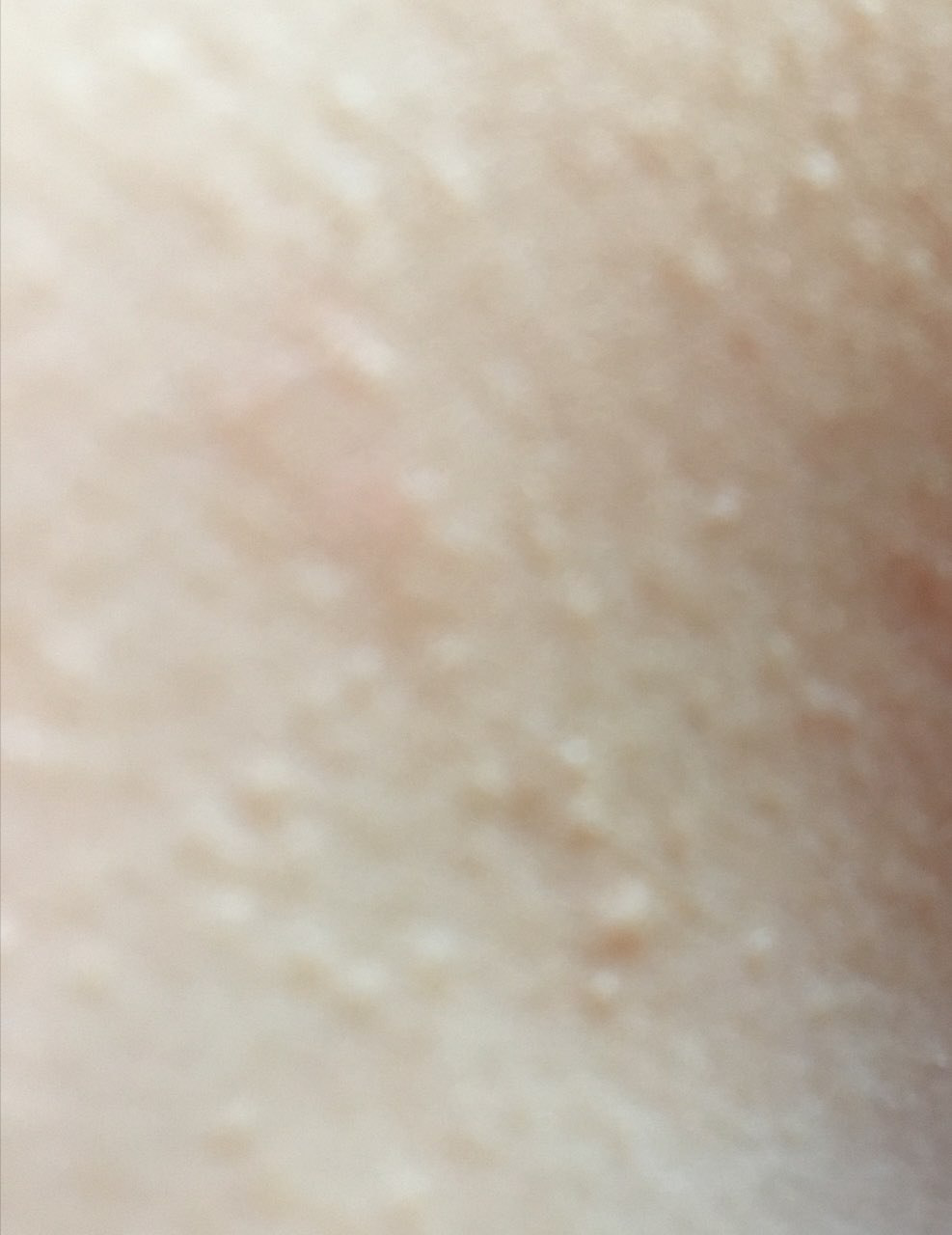
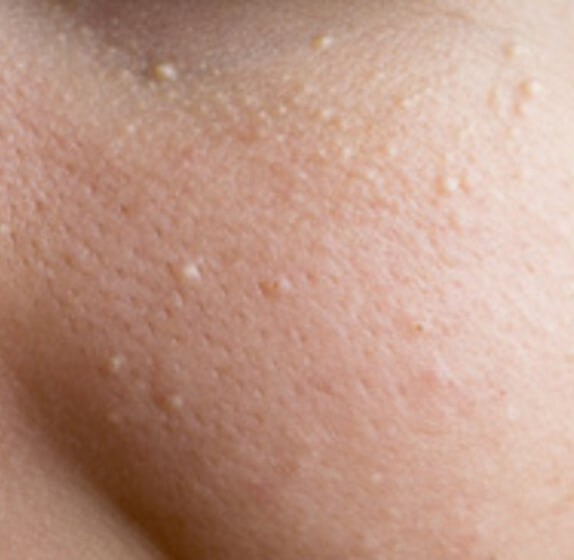
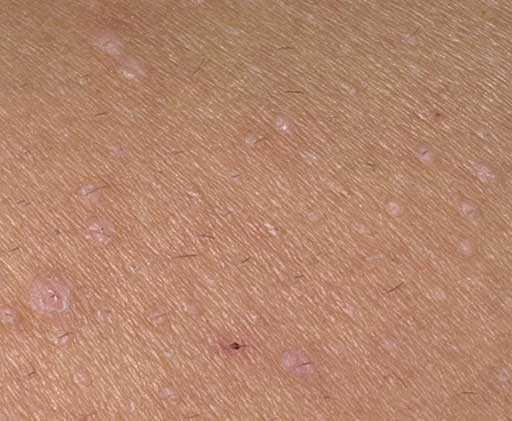
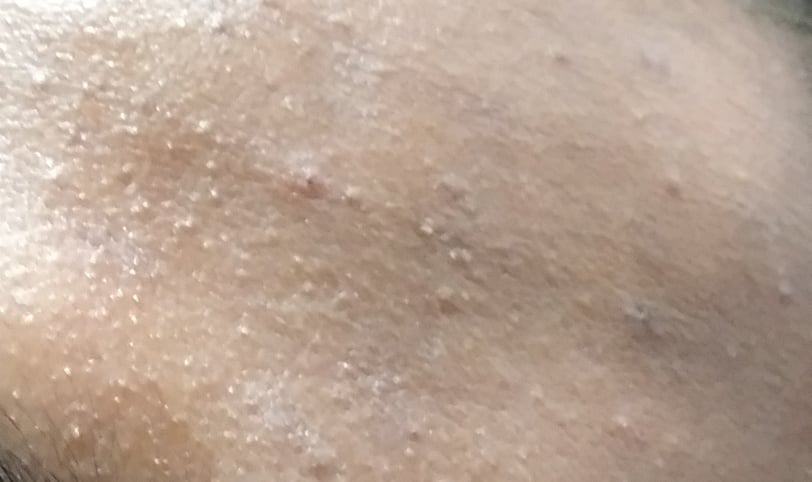
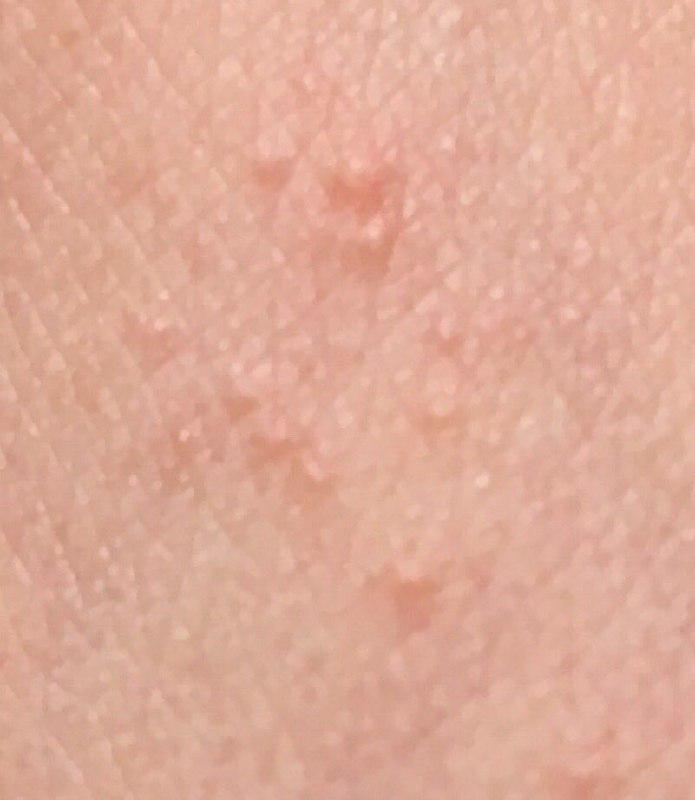
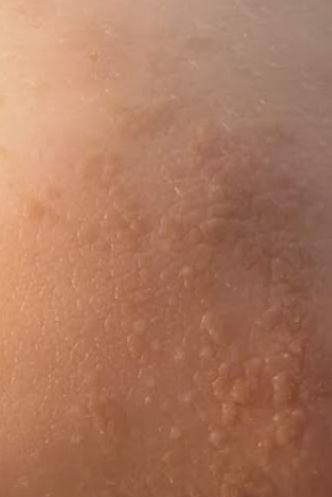
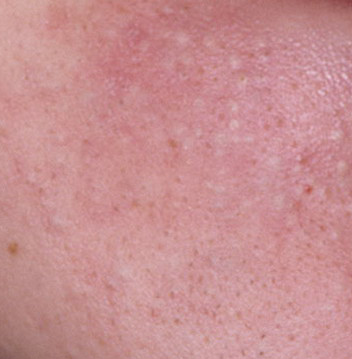
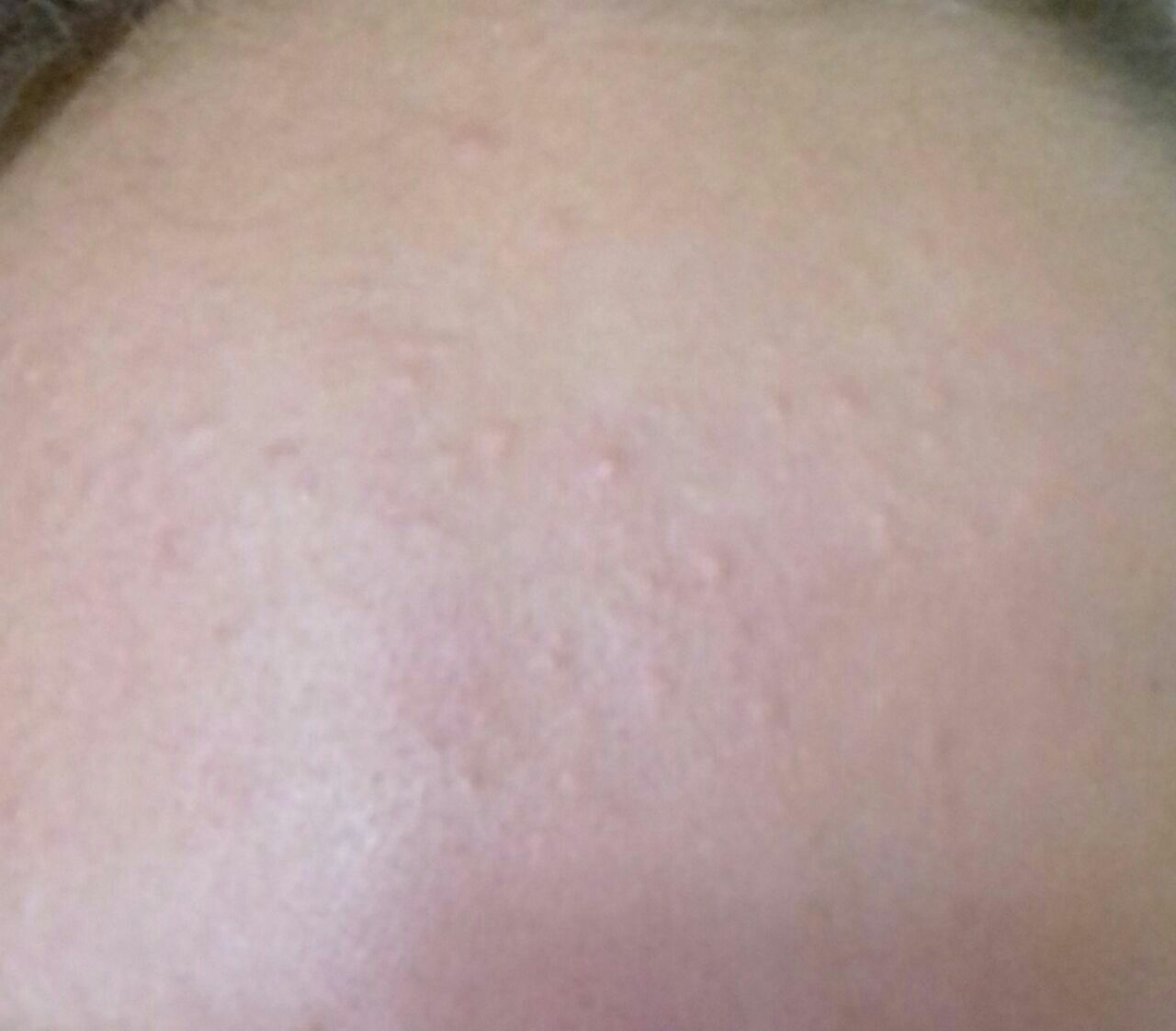
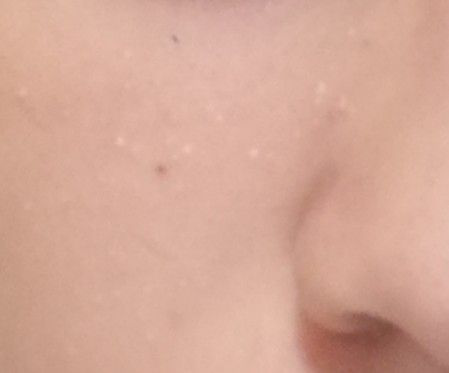
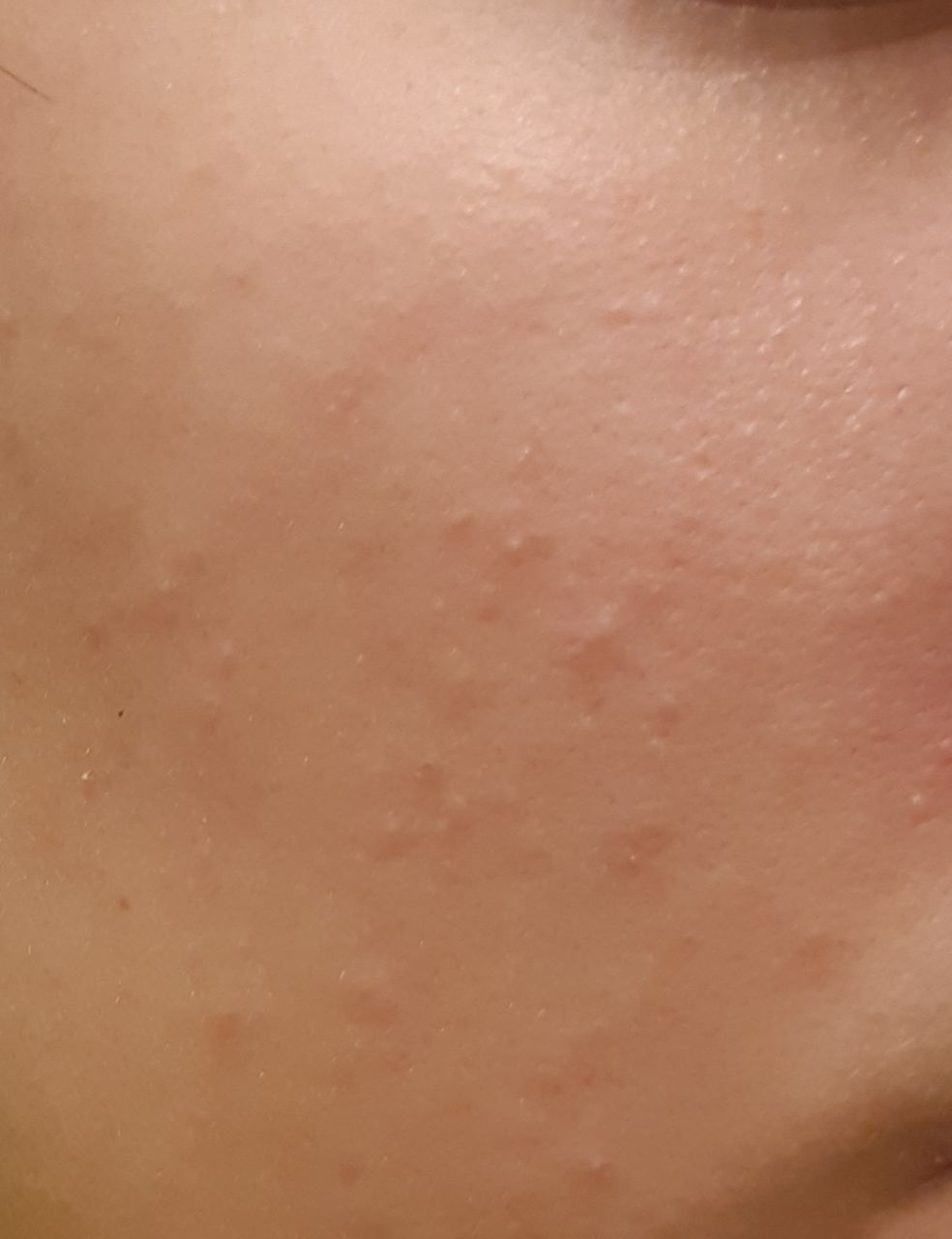
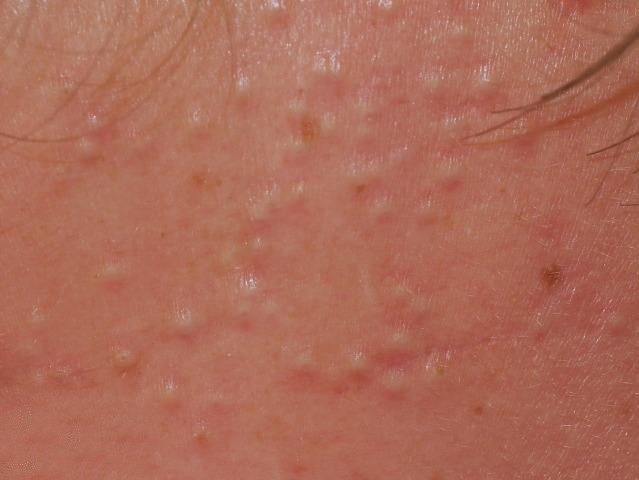
** Should you identify any copyright infringement regarding the images on this page, kindly reach out to us at info@skinive.com.
Furthermore, please be advised that these photos are not authorized for any purpose.
